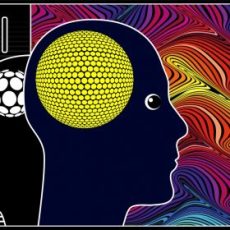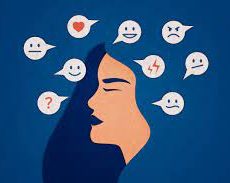Other remarkable result described by Goldman in destructive emotions, were reported by Paul Ekman, one of the world’s most eminent emotion scientist, who was then leading the human interaction laboratory on the San Francisco campus of the University of California. Ekman has been among the small group of scientist present at Dharmashala and had observed one of the first meditations to come to the labs, several months earlier in cooperation with that monk, he had undertaken four studies, in each of which, as he said, ” we found things we have never found before. ” Some discoveries were so novel, Ekman commented, that he was not entirely sure of understanding them himself.
The first experience drew on a system for a measuring the facial expressions used to convey various emotions. The development of this system had been one of the greatest successes of Ekman’s carreer. A series of faces displaying various expressions is shown in very quick succession on a video. It begins with a neutral face, followed by the expression, which remains on screen for mere 13th of second. The emotive expression is replaced immediately by the natural expression, and so on.The test consists of identifying, during that 13th of a second, the facial signals one has just seen: anger, fear, disgust, surprise, sadness or joy. Happyho also provides best Meditation classes in Noida and Delhi NCR India area
The ability to recognise such fleeting expressions has been associated with an unusual capacity for empathy and insight. The six micro emotions put forward are universal, biologically determined, and expressed facially the same way worldwide.
As Goldman comments: “While there are sometimes large cultural differences in consciously managing the expression of emotions like disgust, these ultra rapid expressions come and go so quickly that they evade even cultural taboos. Micro expressions offer a window on the other persons emotional reality”.
Ekman’s studies of thousands of subjects had taught him that the most talented at recognising micro expressions were also the most open to new experiences, the most curious about things in general, and the most reliable and efficient. ” So I had expected that many years of meditative experience” – which requires both openness and consciousness – ” might make them do better on this ability” Ekman explained.
It turned out that to experience western meditators whom Ekman had tested had achieved results that were far better than those of 5000 subjects previously tested. ” They do better than police men, lawyers, psychiatrists, customs officials, judges – even secret service agents,” the group that had proven hitherto to be the most accurate, Ekman noted. He has since developed an interactive CD that teaches this skitl to anyone in a few hours. But without this special training, it is only the meditators who display such ability.




